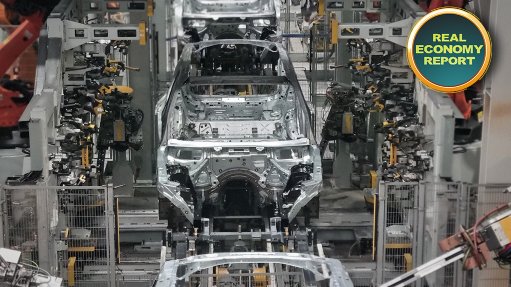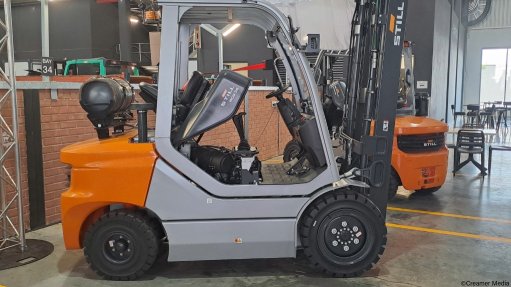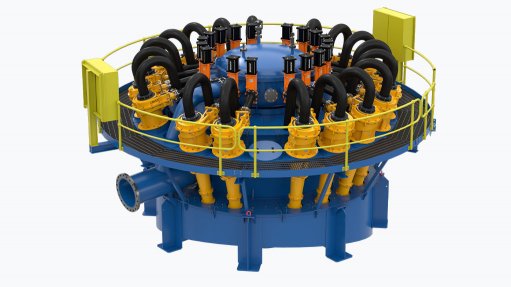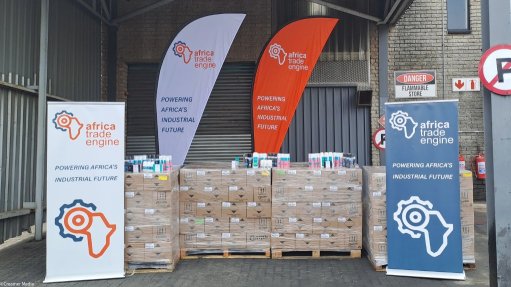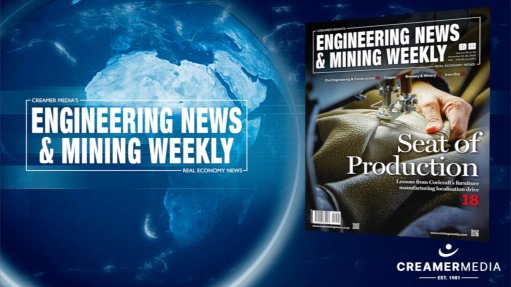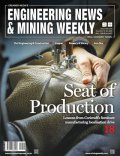Engineering a Sustainable Future: How Civil Innovation Can Drive the UN’s Global Goals
This article has been supplied.
By: Dr Ana Evangelista
My commitment to sustainability in construction began in 2004, long before the term became a global priority. It started with a simple but urgent concern; the depletion of natural resources used in producing construction materials. Over the years, that concern expanded to a broader mission: reducing pollution, minimising waste, and rethinking how to design for a sustainable future.
As awareness grows about the environmental cost of unchecked resource consumption, societies are asking new questions: How can we build and live without depleting what we have? How can we reimagine materials?
One project that stands out in my journey involved a group of civil and chemical engineering students exploring the reuse of plastic waste in concrete production. By fusing different polymers into an alternative fine aggregate, we were able to produce a concrete mix that, while 60% lower in compressive strength than traditional mixes, still met standards for non-structural applications. The density was also reduced by 16%, making it lighter and viable for prefabricated elements. This kind of innovation doesn’t just keep plastic out of landfills and oceans; it reshapes the way we think about waste.
My collaboration with academics at other universities has reinforced my professional commitment to the use of eco-friendly construction materials. Recent studies into making concrete have involved recycled aggregates, from construction and demolition sites, as well as industrial waste materials, such as fly ash and slag. This focus on optimising waste materials not only reduces the strain on natural resources but also mitigates the environmental impact of cement production. I have also been drawn to the research on the life cycle assessments of buildings, trying to ascertain how to make more sustainable decisions at every stage of the design and construction process. Currently, as we supervise doctoral students at EIT, we are exploring the technical viability of using Bayer bauxite waste, also known as red mud, as a cement replacement.
The United Nations Sustainable Development Goals (SDGs) provide a framework for tackling some of humanity’s most pressing challenges by 2030, and engineering is central to that vision. Civil engineering professionals, in particular, are vital to:
- SDG 11 (Sustainable Cities and Communities) through resilient urban infrastructure, efficient water systems, and sustainable waste management.
- SDG 12 (Responsible Consumption and Production) by promoting reuse, recycling, and circular economy models.
- SDG 14 (Life Below Water) by preventing plastic pollution from entering our oceans.
Engineering is not just about problem-solving; it’s about creating opportunities. By shifting from a linear “take–make–dispose” model to a circular one, we can transform discarded materials into valuable resources, reduce environmental impacts, and build a future where economic growth and ecological health go hand in hand.
Our challenge now is to inspire the next generation to think differently, to view every material, process, and design decision through the lens of sustainability. The solutions we need already exist; it’s our responsibility to put them into practice and to innovate further.
We can always choose to be kinder to the planet. And, as engineers, we have the unique ability, and responsibility, to make that choice matter.
Article Enquiry
Email Article
Save Article
Feedback
To advertise email advertising@creamermedia.co.za or click here
Comments
Announcements
What's On
Subscribe to improve your user experience...
Option 1 (equivalent of R125 a month):
Receive a weekly copy of Creamer Media's Engineering News & Mining Weekly magazine
(print copy for those in South Africa and e-magazine for those outside of South Africa)
Receive daily email newsletters
Access to full search results
Access archive of magazine back copies
Access to Projects in Progress
Access to ONE Research Report of your choice in PDF format
Option 2 (equivalent of R375 a month):
All benefits from Option 1
PLUS
Access to Creamer Media's Research Channel Africa for ALL Research Reports, in PDF format, on various industrial and mining sectors
including Electricity; Water; Energy Transition; Hydrogen; Roads, Rail and Ports; Coal; Gold; Platinum; Battery Metals; etc.
Already a subscriber?
Forgotten your password?
Receive weekly copy of Creamer Media's Engineering News & Mining Weekly magazine (print copy for those in South Africa and e-magazine for those outside of South Africa)
➕
Recieve daily email newsletters
➕
Access to full search results
➕
Access archive of magazine back copies
➕
Access to Projects in Progress
➕
Access to ONE Research Report of your choice in PDF format
RESEARCH CHANNEL AFRICA
R4500 (equivalent of R375 a month)
SUBSCRIBEAll benefits from Option 1
➕
Access to Creamer Media's Research Channel Africa for ALL Research Reports on various industrial and mining sectors, in PDF format, including on:
Electricity
➕
Water
➕
Energy Transition
➕
Hydrogen
➕
Roads, Rail and Ports
➕
Coal
➕
Gold
➕
Platinum
➕
Battery Metals
➕
etc.
Receive all benefits from Option 1 or Option 2 delivered to numerous people at your company
➕
Multiple User names and Passwords for simultaneous log-ins
➕
Intranet integration access to all in your organisation








